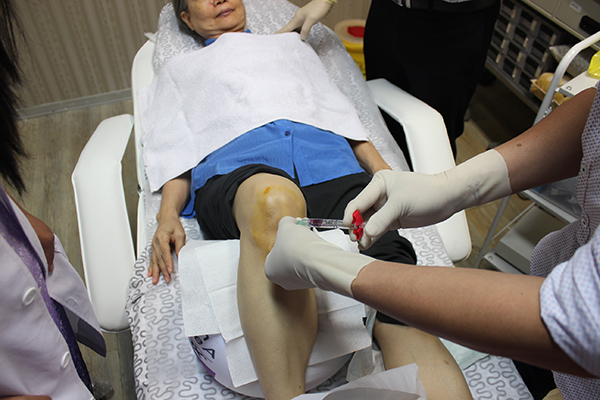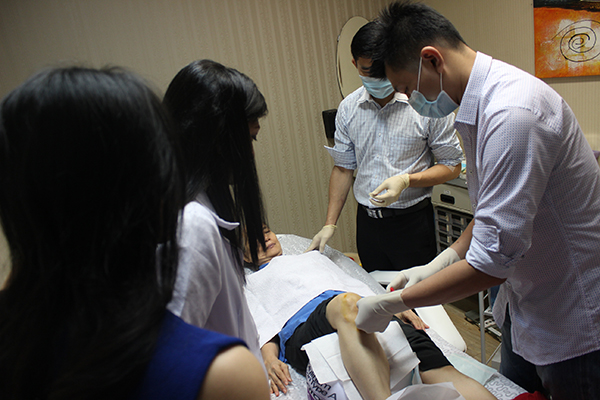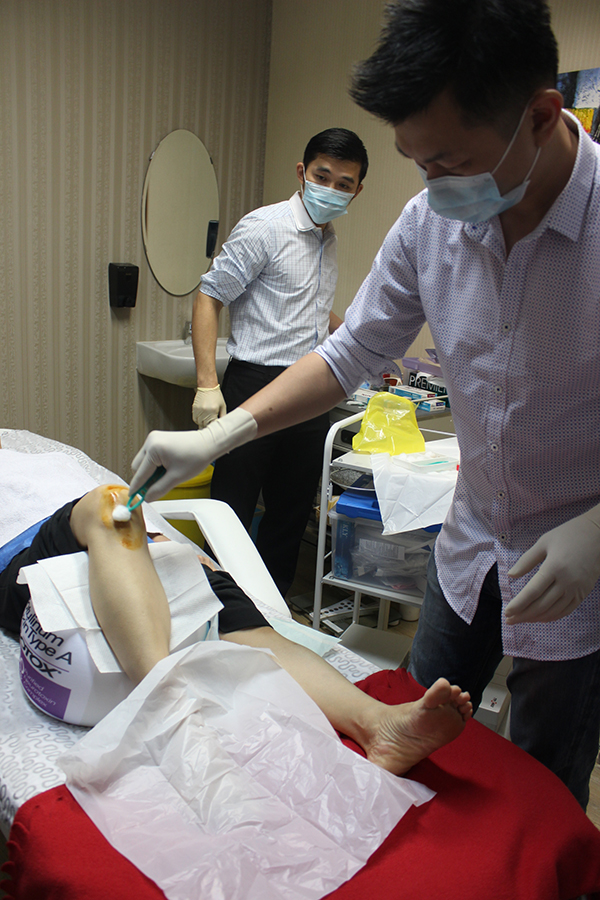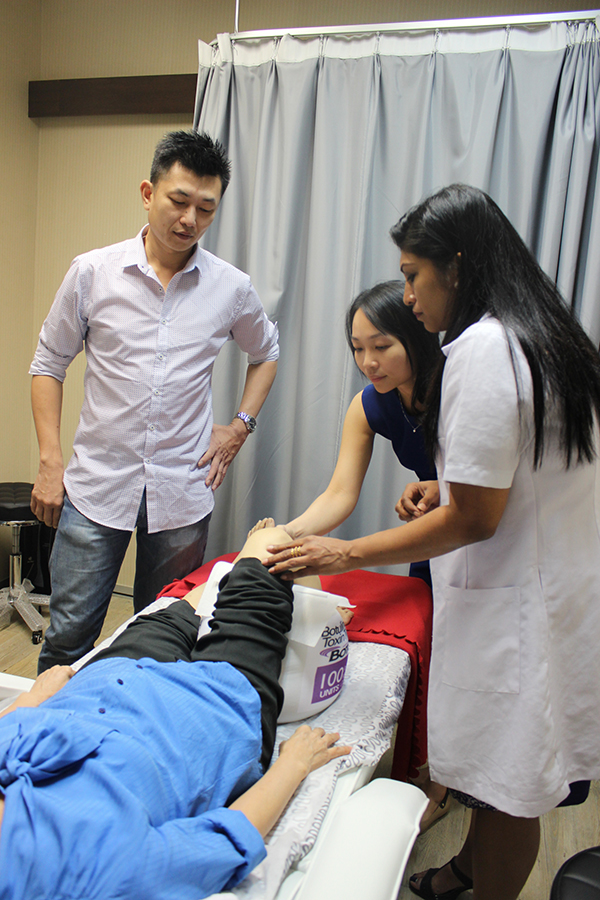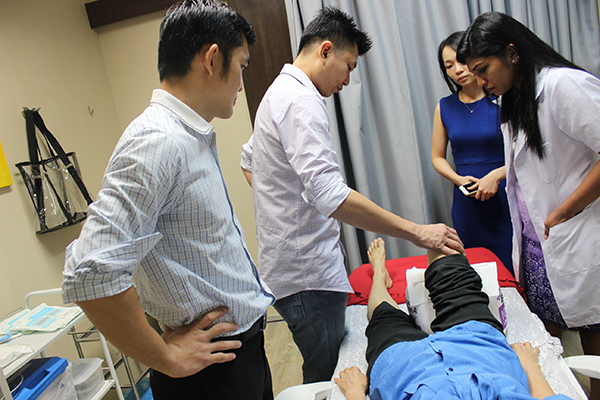Premier Clinic is proud to offer Platelet Rich Plasma (PRP) treatment for individuals suffering from arthritis and knee pain. PRP treatment for knee arthritis attempts to utilise the natural healing properties of blood, using it to fix damaged tendons, ligaments, cartilage, muscles and even bones.
Platelet rich plasma treatment for arthritis is not typically considered a standard procedure for addressing the problem, but more and more individuals are using it to treat orthopaedic conditions. The most common use is for knee osteoarthritis but it is possible for PRP to treat other joints as well.
HOW PRP THERAPY WORKS?
PRP for arthritis is a procedure that is clinically-based, with a small amount of blood extracted from your own body. This is then prepared in a special type of machine which helps to separate the blood cells, platelets and serum into individual components in the centrifuge. The components are then re-injected back into the knee to help to alleviate and minimise and pain and discomfort felt in the area due to arthritis.
The composition of the components in the injection will vary from person to person and this will be carefully considered by your doctor. This is because the blood composition of each patient is different, meaning there are several things to take into consideration. In addition, your doctor may choose to add some substances to augment the effectiveness of the injection, enhancing the healing properties of PRP.
Platelets in PRP treatment act to secrete growth factors and proteins that can help to boost tissue regeneration, oversee cell division and promote healing. On its own, platelets do not actually have healing properties to speak of.
Plasma is mostly made up of water, but as the liquid platform that carries red and white blood cells, it also contains nutrients such as proteins, antibodies, glucose and other components that promotes healing and repair.
PRP injections for osteoarthritis of the knee has been shown by studies to be a more effective treatment than hyaluronic acid injections alone, with two sets of patients undergoing the treatments. In most cases, patients will start to feel the effects and notice improvements after two to four weeks following the procedure.
PRP THERAPY POST-TREATMENT
You should notice an improvement in the function of your joints and a reduction in the amount of pain felt. In addition, damage to your cartilage can also be delayed or repaired depending on your condition. Any inflammation should start subsiding as well, while overall there should also be a delaying of the onset of osteoarthritis. The PRP treatment can also boost the amount of natural lubrication of fluids in the joint, which can help to ease pain caused by friction between joints.
PRP treatment for knees may not be a suitable procedure for individuals who have medical conditions that could become worse, such as select skin diseases or an active infection. Patients who are currently pregnant or anaemic are also advised to avoid undergoing PRP treatment. Do contact our team at Premier Clinic to schedule a consultation with one of our highly experienced and professional doctors about your arthritis, and to determine if PRP treatment is suitable for you.
Contact Premier Clinic today for information on PRP treatment for knee problems. Our phone number is 012-6625552. Email us at contactus@premier-clinic.com.




